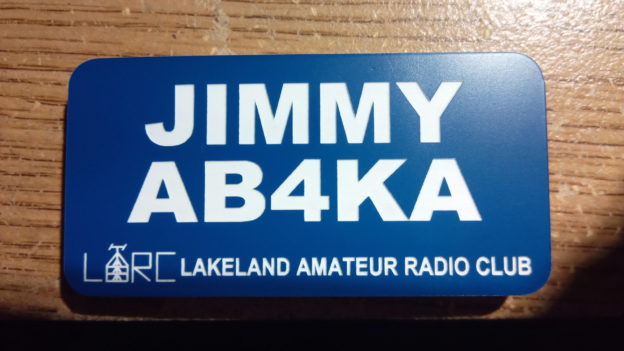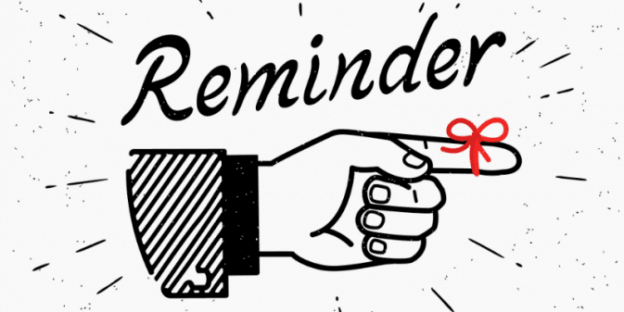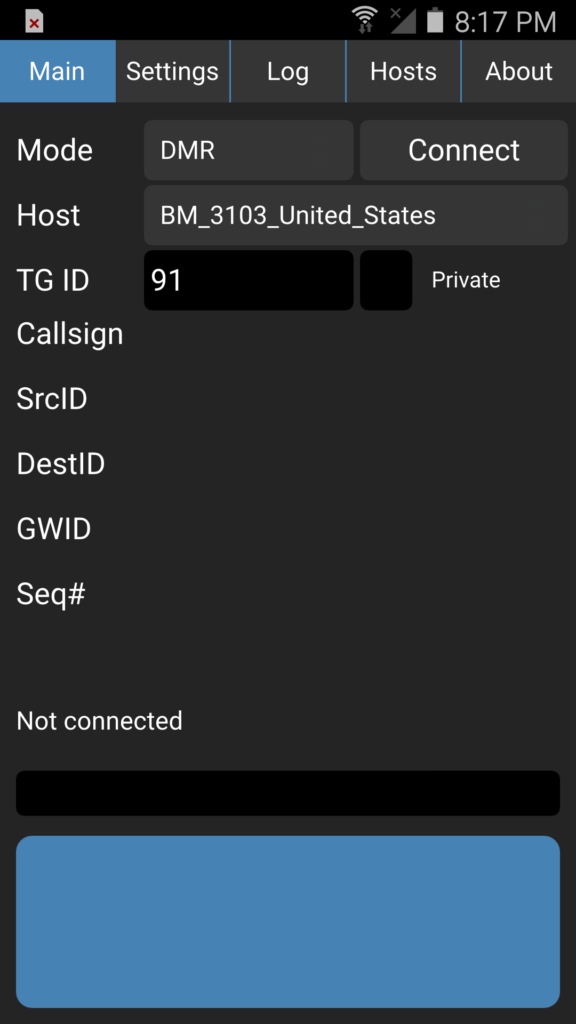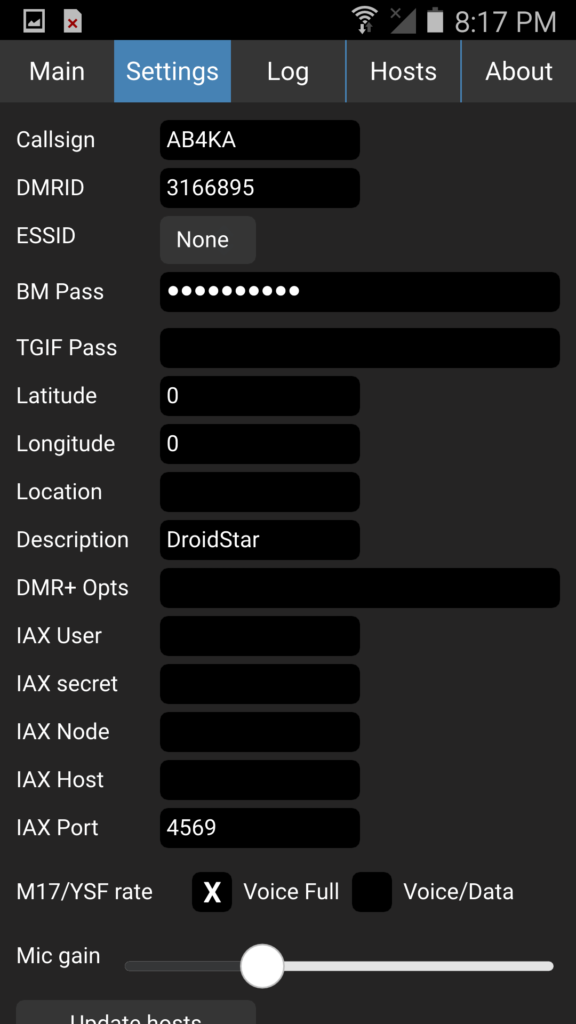Visualize this situation with me. You have been in ham radio for many years, and have worked RF, contesting, DXing, CW, satellites, digital modes, etc., with the best station that you could have put together. You have won awards left and right and have QSL cards from all over the world.
But, in the blink of an eye, through no fault of your own, things have now changed rapidly, and not for the better. Your health is declining, and you realize you are not as young as you used to be (no one is getting any younger). Where you live (an apartment, housing subdivision, etc.) is no longer going to allow antennas, RF gear, etc. Or you will have to move into an assisted living center or a medical facility…where RF gear is prohibited, because of possible RFI with medical equipment. The RFI could mean the difference between someone living and dying; and it would mean seemingly never-ending loneliness in your day (especially with visitation limits due to COVID-19).
Yet, this change does not mean that you must give up a lifelong hobby that you love. Rather, you change the way you operate…from RF to internet radio. Now, while the ham radio purists will abhor this, there are advantages:
1) You do not have to worry about RF exposure limits at your shack, since everything is done via your computer and high-speed internet.
2) You do not have to worry about the high cost of rigs, power supplies, TNC’s, SWR meters, coaxial cable, antennas, towers, masts, etc. Most of these modes are free, or at a very modest cost (some exceptions do exist).
3) You can operate portable with just a laptop computer, a headset mic (it cuts out ambient noise), and a portable Wi-Fi device, or high-speed internet. You can do a demo at a high school ham radio club or operate from the sleeping car compartment aboard a passenger train on a vacation trip.
4) Most importantly, you can still get on the air, and talk to people. Plus, for new hams, “mic fright” can be a very real issue to deal with.
You provide a copy of your license to the administrators, pay the applicable fees, install the software, and you are good to go. These include:
A) CQ100. Strictly VoIP (no RF), it offers simulated operations on several HF bands. You can do voice, or such digital modes as CW (via your keyboard or an external keyer), or PSK31 with Digipan or MixW. Cost is $39 a year in US or Canadian funds. Paid users get an add-on called QSO-TV, where you can send JPG files to all on the “frequency”. Usage is free on Sunday from 0000 to 2400 UTC. For new users, there is a free 30-day trial (QSO-TV is not available to trial users). There are also several nets that operate on CQ100, including the QCWA CQ100 Net that meets on Fridays at 11am Eastern Time, on 14.347 MHz on the 20-meter band of CQ100.
B) BlueDV. Done by PA7LIM, with a ThumbDV from NW Digital Radio (only $120), you can do D-Star, DMR, and Fusion, with your computer. With this, I do the QCWA Digital Net on the QuadNet Array (https://openquad.net) every Sunday at 5pm Eastern Time. Numerous other nets are available as well.
C) D-Rats. Originally done by KK7DS, now done by YO2LOJ and IZ2LXI, you can send messages (email and ICS), files, and chat in real time. There are also add-ons for weather data and maps; and some D-Rats Nets on the air.
D) Packet Via Telnet. The NS2B BBS in Penfield, NY, offers RF and Telnet access, and a digital net every Monday at 8pm US Eastern Time. I use the Outpost program, and its related iptelnet client.
E) Echolink. Available via computer or a smartphone app. You talk with hams having single user setups, or those on simplex links, repeaters, or conference servers. Numerous Echolink Nets are available to check into.
F) Winlink 2000, using the Winlink Express program. The registration cost is very reasonable, and you can send/receive messages via telnet or RF.
G) Remote Base Operations. There are some free services, but others can be rather expensive. Basically, another ham is allowing you to operate their station remotely.
For more info and related files, click on the hyperlink on my QRZ bio (my email is good there as well). I would be happy to assist anyone who’d like to operate this way. It makes my ham radio license not just “a sheet of
paper.” – Submitted by: Daryl Stout, WX4QZ, QCWA Life Member
Many thanks to QCWA and author Daryl Stout, WX4QZ, for allowing me to reprint this article from the June 2021 issue of the QCWA Journal. For further information or to inquire about membership (if you’ve been licensed for 25 years) please visit www.qcwa.org










